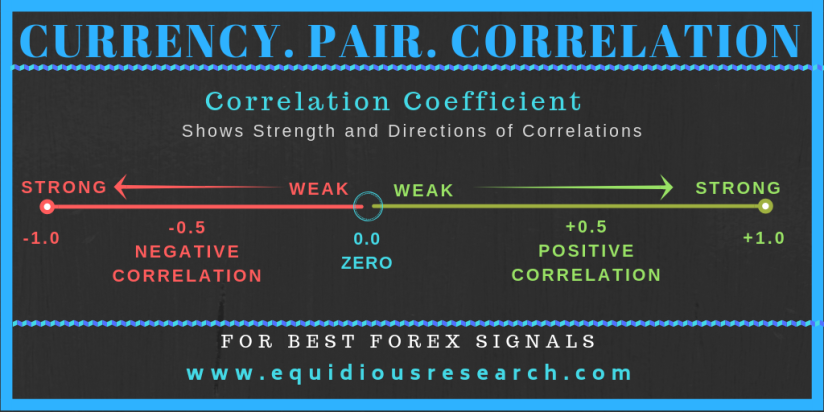
USDJPY
-
Analysts explained that USD/JPY has eroded the 55-day ma and the 2-month uptrend at 110.25/33
-
USD/JPY is currently trading at 110 the figure, trading between a range of 110.24 and 109.70.
-
Japanese yen near six-week highs on global growth fears and moved for its biggest gain since January as safe-haven buying propelled the currency.
-
USD/JPY attempts the retrace the sharp decline following the Federal Reserve meeting, with the pickup in volatility spurring a more material shift in FX sentiment, but recent price action raises the risk for a further decline in the dollar-yen exchange rate as it extends the series of lower highs & lows from the previous week.
EURUSD
-
Euro firmed on Monday as a stronger-than-forecast German business confidence survey allayed some fears about a recession and pulled the safe-haven yen from a 6-week high against the dollar.
-
Euro gets a boost as IFO survey data beats forecast
-
EURJPY surged 0.46 percent to a high of 124.81
-
EUR/USD vulnerable to furthernear-term losses – focus is on uptrend support just lower
-
Euro is down more than 1.1% from the Pre-FOMC high against the US Dollar after turning precisely off yearly open resistance last week.
GBPUSD
-
GBPUSD overnight implied volatility has jumped to its highest level since November 15 as forex option traders price in the latest Brexit uncertainty.
-
GBPUSD currency traders who utilize options to hedge their positions and reflects the market’s view that spot prices could experience significant swings over the contract’s respective duration.
-
Prime Minister Theresa May stated that she will not put her Withdrawal Agreement to a vote tomorrow due to continued lack of majority support as the latest Brexit drama drags on.
-
Currency markets still await clarity on the next direction of Brexit and its impact on the Sterling as the risk of UK departing the EU without a deal remains elevated .
Join 300,000+ traders who stay ahead of the market, submit your details with us by filling our CONTACT FORM.
For the Best Forex Signal| Accurate Stock Signal| Profitable Comex Signals, Try Equidious Research Services. We have a team of best and well experienced Research Analysts.
Enjoy Trading!










